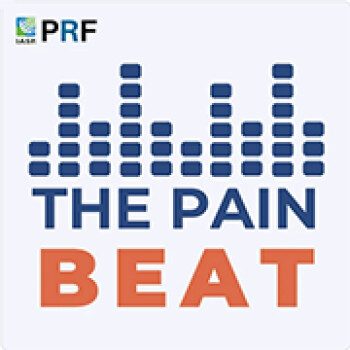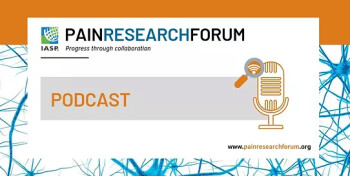Postdoctoral Fellowship - Pain
Medical College of Wisconsin - 2022

Katelyn Sadler
Assistant Professor
Research Interests: Gut-brain circuits in chronic pain conditions; central nervous system modulation of sickle cell disease pain
972-883-2406
BSB 10.538
Gut, Brain, Pain Lab
Google Scholar
Curriculum Vitae
Not currently accepting undergraduate students
Professional Preparation
PhD - Biology
Duquesne University - 2017
Duquesne University - 2017
BS - Biology
University of Pittsburgh - 2011
University of Pittsburgh - 2011
Research Areas
How does the gut microbiome contribute to chronic pain?
Mammalian gastrointestinal tracts are inhabited by millions of bacteria that are critical for normal gut function. Over the past decade, accumulating evidence has suggested that these bacterial populations (collectively known as the gut microbiome) are disrupted in many neurological conditions including mood disorders, autism, schizophrenia, and chronic pain. It is unclear if disease-related changes in bacteria drive symptoms in patients, or if microbial changes are merely a result of the underlying condition. Using fecal material transplant experiments, I am directly investigating if and how the gut microbiome from various chronic pain models modulates sensory signaling in the peripheral and central nervous system. These experiments will increase our understanding of interoceptive processes and provide numerous opportunities for novel drug development.How is sickle cell pain processed in the brain?
Sickle cell disease (SCD) is the most common genetic blood disorder in the world. Approximately 100,000 Americans, primarily those of African descent, suffer from this condition that is named for the rigid shape that red blood cells take in affected individuals. Pain is one of the primary symptoms of SCD and the leading reason that patients with this condition seek medical attention. Very little is known about how sickle cell disease pain is encoded within the central nervous system. A recent review identified only 4 brain imaging studies completed in patients with SCD, and only 3 papers have used transgenic mice to understand how the brain is involved in SCD pain. This lack of data is not due to lack of reason; accumulating evidence supports that disease-related neurological changes in the central nervous system, and not just disease-related stroke or cerebral infarct drive sickle cell disease pain. Central sensitization is observed in patients with sickle cell and correlated with pain intensity and frequency. Chronic sickle cell disease pain is also exacerbated by co-morbid mood disorders including clinical depression and anxiety. I am investigating how the amygdala, a brain region traditionally associated with emotional processing, encodes acute and chronic sickle cell disease pain. Understanding how mood and pain information are simultaneously processed in this region will hopefully identify targets or strategies for lessening both disruptive symptoms in individuals with sickle cell disease.Publications
Contextual control of conditioned pain tolerance and endogenous analgesic systems, eLife, 2022 - publications
Innovations and advances in modeling and measuring pain in animals, Nature Reviews Neuroscience, 2022 - publications
Sensory specific peripheral nerve pathology in a rat model of Fabry disease, Neurobiology of Pain, 2021 - publications
Transient receptor potential canonical 5 (TRPC5) mediates inflammatory mechanical and spontaneous pain in mice, Science Translational Medicine, 2021 - publications
Gabapentin alleviates chronic spontaneous pain and acute hypoxia-related pain in a mouse model of sickle cell disease, British Journal of Haematology, 2019 - publications
Awards
Edward J Lennon, MD Award for an Outstanding Woman Postdoctoral Researcher - Medical College of Wisconsin [2019]
Excellence in Science Award - Medical College of Wisconsin [2018]
Distinguished Dissertation Award - Duquesne University [2017]
Outstanding Graduate Student Award - Duquesne University [2016]
Appointments
Assistant Professor
University of Texas at Dallas [2023–Present]
University of Texas at Dallas [2023–Present]
News Articles
Sex Differences in the Contextual Control of Conditioned Pain Tolerance
 Pain Research Forum Highlight, August 2022
Pain Research Forum Highlight, August 2022
Studying and Understanding Sex Differences in Pain: The How and the Why
 The Pain Beat Podcast (Episode 8), July 2021
The Pain Beat Podcast (Episode 8), July 2021
TRP Channels and Mechanical Pain: Starring TRPC5!
 Pain Research Forum Highlight, June 2021
Pain Research Forum Highlight, June 2021
A Translational Collaboration to Advance Understanding of Sickle Cell Pain: A Podcast With Amanda Brandow and Kate Sadler
 Pain Research Forum Podcast, June 2019
Pain Research Forum Podcast, June 2019